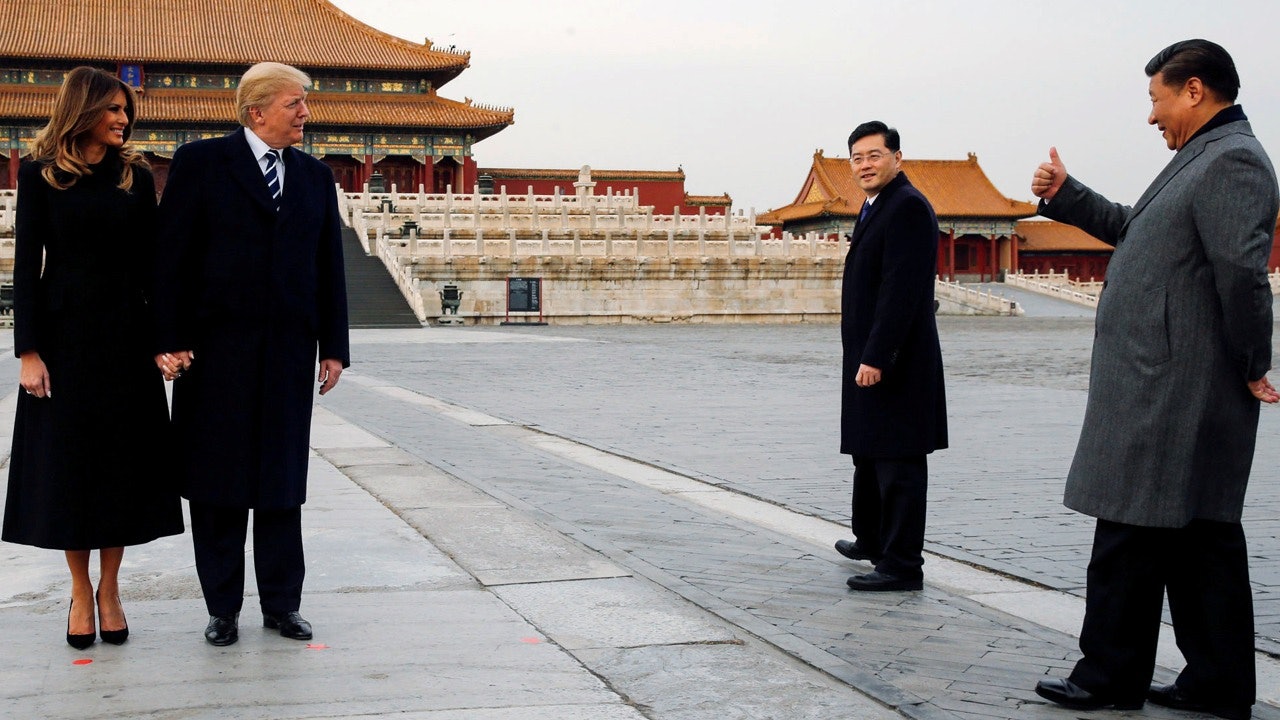Since the United States and China announced the conclusion of the first phase of the agreement, there have been differences in the strength and details of the announcement of the contents of the agreement between the two sides. The Chinese side roughly introduced the framework of the text, but declined to disclose any information about the text-related data and details of the mechanism and the time of signing. Although the United States has a high degree of information disclosure and a lot of content, it is generally confusing. Even US President Donald Trump and his staff cannot maintain unity.
On December 24, US President Trump, who was on Christmas vacation at Sea Lake Manor in Florida, gave a video greeting to US soldiers after answering questions from reporters about when China and the US signed the first-phase agreement. Trump said the first phase of the agreement has been completed and he and Chinese President Xi Jinping will hold a signing ceremony. He said: “We (he and Xi Jinping) will eventually sign, yes, when we get together. We will sign the agreement more quickly because we all want to complete the signing as soon as possible.”
Trump also mentioned that the first phase of the U.S.-China trade agreement has been completed and that the two countries are working on translation (it’s just being translated right now). However, US Trade Representative Robert Lighthizer mentioned a week ago that the two countries have completed the translation of the agreement text, leaving only technical improvements. He said on December 13 that the translation work is planned to be completed in the first week of January 2020 and signed with China.
It can be seen that the US side has some uncertainty about the legal review and translation proofreading of the first phase of the agreement text. At other levels, the Trump administration ’s message is even more confusing, especially when, where and how the agreement was signed.
Lighthizer and others have mentioned many times that the two countries will sign an agreement in the first week of January 2020. The Wall Street Journal also quoted anonymous sources as saying that Chinese Vice Premier Liu He would visit the United States to sign an agreement. However, such news has not been confirmed by the Chinese government, and US officials have rarely mentioned it in public.
In addition, during the signing ceremony, Lighthizer and White House Economic Adviser Larry Kudlow repeatedly mentioned that the agreement will be signed by ministerial officials of the two countries. Among them, Kudlow explicitly mentioned that the agreement was signed by the leaders of the two countries’ trade dialogue. But White House trade adviser Peter Navarro insisted that the agreement would be signed by the two heads of state. Trump’s statement on December 24 also underscores this.
Judging from the current arrangements and estimates, there is also uncertainty about the two countries signing the agreement in January 2020 or the first week of January.
According to a Bloomberg report on December 20, Chinese President Xi Jinping will be absent from the Davos Economic Forum in Switzerland from January 21 to 24, 2020. This means that the heads of state of the two countries cannot sign an agreement at this economic forum. Trump has no plans to attend the Davos Economic Forum. The media said that China would consider allowing Liu He to visit Washington in early January to sign an agreement.
But there are also voices that after Liu He’s visit to the United States in October, it is not appropriate to visit the United States again. Instead, the United States should send someone to visit China to sign the agreement. Therefore, the signing ceremony of Trump’s expected head of state may not be realized in January. It is possible that the two countries will hold a ministerial signing ceremony to determine the content of the text, and then choose the opportunity to hold a summit of the heads of state, formally sign, and implement the agreement as soon as possible.
Judging by the confusion of the US side’s information, China’s refusal to disclose details of the texts to the outside world is entirely wise, and it is also to prevent unnecessary political risks.
Lighthizer and others took the lead in announcing the relevant details, on the one hand, internal public relations, catering to Trump voters and appeasing Washington hardliners against China; on the other hand, it was also to create a kind of public opinion pressure on China. Of course, from China ’s perspective, the attitude of the Trump administration may change at any time, and some politicians in the United States are also somewhat dissatisfied with the conclusion of the first-phase agreement. China can only insist on publishing the content and details of the agreement after the text is signed. Even the $ 50 billion U.S. agricultural export agreement in the agreements that Trump has repeatedly mentioned has not been confirmed by the Chinese government.












